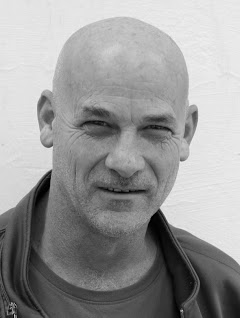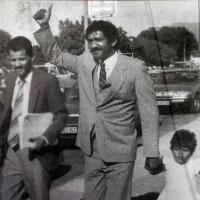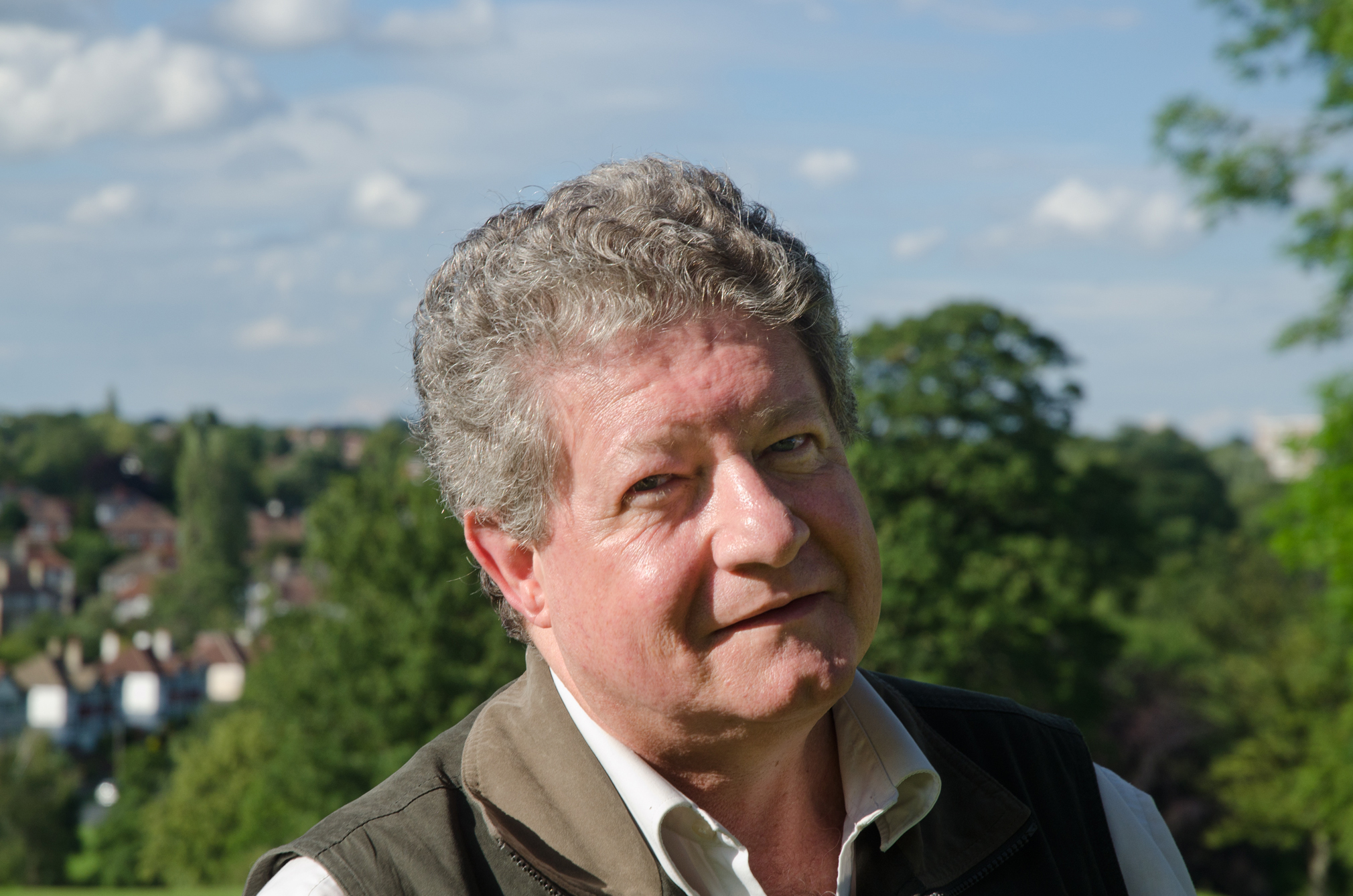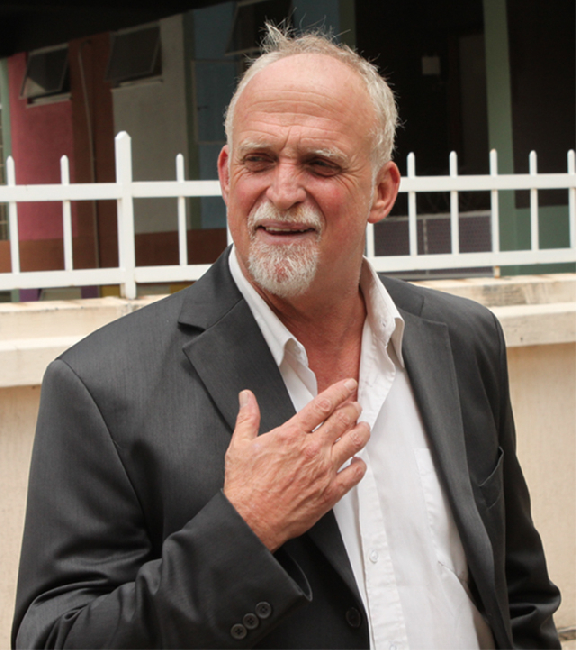The Tsitsikamma National Park is situated at the heart of the picturesque tourist Region known as: 'the Garden Route'. This region is found in the Southern Cape of South Africa. The Park incorporates 80 km of rocky coastline with spectacular sea and landscapes, a remote mountainous region with secluded valleys covered in mountain Fynbos and temperate high forests with deep river gorges leading down to the sea.
Tsitsikamma is a Khoisan word meaning, “place of much water", due to the high rainfall experienced in this Area. This sustains the lush natural vegetation, which is the natural habitat to a variety of animal and bird life. The original Khoisan people traversed the Coastline in harmony with nature – only taking what they needed to live on from their environment. This high rainfall sustains the lush natural vegetation, which is the natural habitat to a variety of animal and bird life. The original Khoi San people traversed the Coastline in harmony with nature – only taking what they needed to live on from their environment. European settlement started as early as the 1400’s, when the Portuguese traders came in contact with the original inhabitants attempting to find a spice route to Asia. Over the next 200 years, increasing numbers of travellers from foreign lands arrived, until the first permanent settlement took place in 1652, when Jan van Riebeek arrived at the Cape.
The Tsitsikamma’s spectacular scenery includes the Indian Ocean breakers, pounding rocky shores beneath 180 m high cliffs, ever-green forests and fynbos (Proteas and Heath) rolling down to the sea in a lush carpet where ancient rivers have carved their path to the ocean through rocky ravines. All this conspires to attract large numbers of international and local tourist to the Park. Tsitsikamma National Park also protects a wonderland of inter-tidal and marine life. This is one of the largest single unit ‘no take’ (including fishing) Marine Protected Areas in the world, conserving 11% of South Africa’s Temperate South Coast rocky shoreline and provides a 'laboratory' for fisheries baseline research on endangered fish species.
In 1964 when it was proclaimed, it became the first Marine National Park, proclaimed in Africa. Approximately 30% of the park is covered in fynbos, scattered amongst the forest vegetation, boasting a wide variety of beautiful flowers, including proteas and heath. Many species of forest, fynbos and sea birds are present. The Tsitsikamma area has a long history of Marine and Forest utilisation and most of the local communities relied mostly, in one form or another, on these two ecosystems for their survival. Cormorants, Kelp Gulls and African Black Oystercatchers are prominent along the coastline. Pied and Giant Kingfishers can both be seen hunting fish at tidal pools or in the rivers that drain into the Indian Ocean. More inconspicuous, but also inhabiting these rivers are Half-collared Kingfisher and African Finfoot. The Tsitsikamma Forest is the haunt of the Knysna Lourie. Other forest species to watch or listen for include Emerald Cuckoo, Narina Trogon, Knysna and Olive Woodpecker, Chorister Robin and Grey Cuckoo shrike.
Even though Tsitsikamma boasts a magical world of inter-tidal life and reefs in its marine part, there is also the famous terrestrial part of the park with its lush forest, delicate fynbos and sheer cliffs. One of the most conspicuous trees is the Outeniqua yellow-wood, (Podocarpus Falcata).
With the completion of the road more development came and small communities were established – leading to the current Village of Storms River. Thankfully the forests are currently protected by SANPARKS, which works hand in hand with the local community and other tourism establishments to protect and preserve this unique natural asset.




